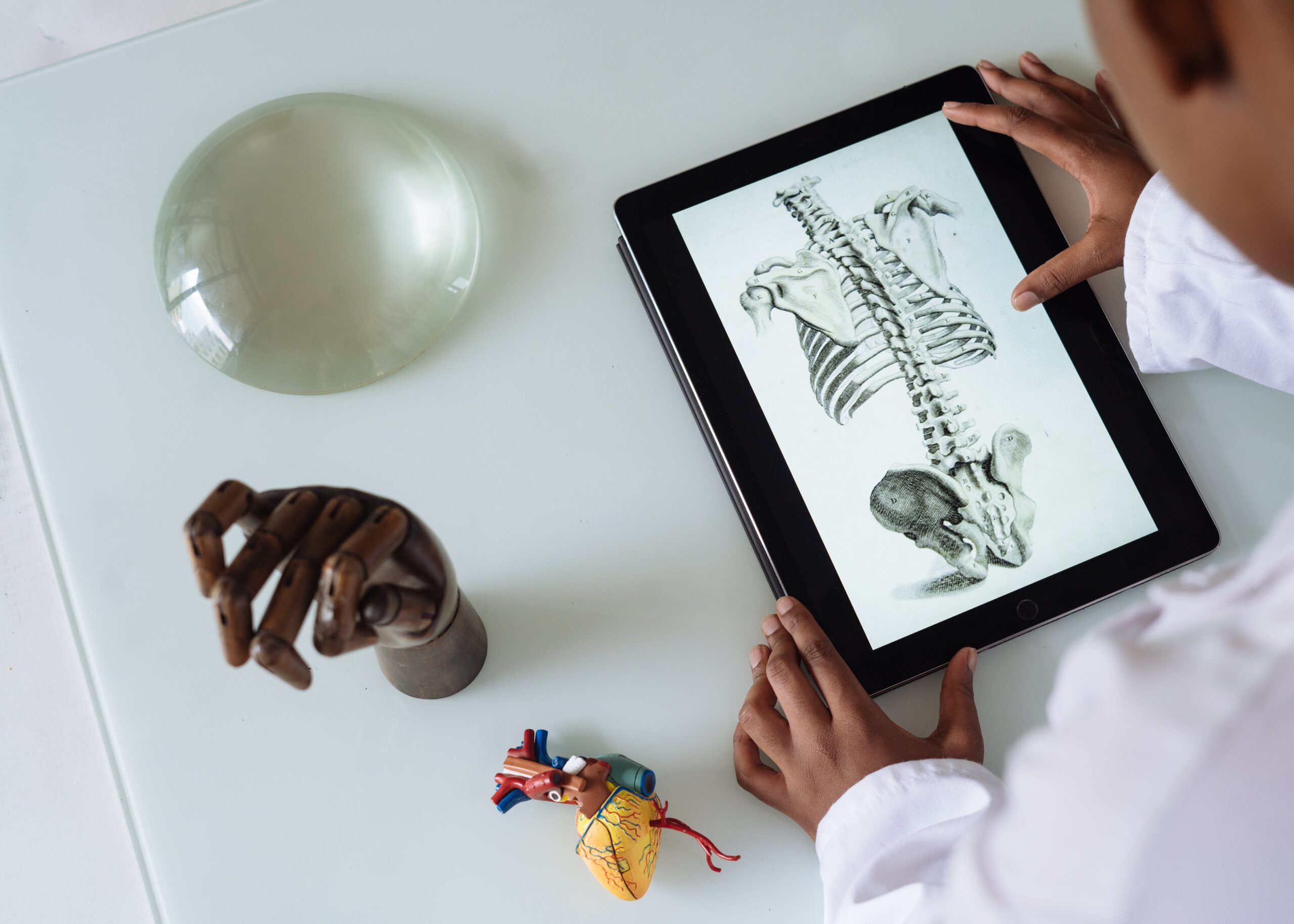Revolutionizing Medical Education: The Integration of Technology

Introduction: In the rapidly evolving landscape of healthcare, technology continues to play an increasingly integral role, not only in clinical practice but also in medical education. With advancements in virtual reality, artificial intelligence, and simulation, educators are leveraging these tools to enhance the learning experience, preparing future healthcare professionals for the complexities of modern medicine.
- The Evolution of Technology in Medical Education
- Historical overview: From traditional teaching methods to modern technological innovations.
- The rise of digital resources: E-books, online lectures, and interactive learning platforms.
- Challenges in early adoption and acceptance.
- Virtual Reality (VR) in Medical Training
- Immersive learning experiences: Simulated surgeries, anatomical exploration, and patient interactions.
- Advantages of VR: Safe, controlled environments for practice, enhancing spatial understanding and procedural skills.
- Case studies and success stories: Institutions implementing VR technology in medical education programs.
- Artificial Intelligence (AI) and Machine Learning
- Personalized learning algorithms: Adaptive learning platforms tailored to individual student needs.
- AI-assisted diagnosis and decision-making: Simulation of clinical scenarios to develop diagnostic skills and treatment planning.
- Ethical considerations: Ensuring AI algorithms promote unbiased and evidence-based learning.
- Simulation-Based Training
- High-fidelity simulators: Replication of real-life patient encounters, surgeries, and emergencies.
- Team-based training: Simulated interdisciplinary scenarios to foster effective communication and collaboration.
- Benefits of simulation: Risk-free environments for skill acquisition, error analysis, and debriefing.
- Mobile Applications and Gamification
- Learning on the go: Mobile apps offering access to medical textbooks, flashcards, and clinical tools.
- Gamified learning platforms: Engaging educational games and quizzes to reinforce concepts and promote retention.
- Incorporating competition and rewards: Motivating students to actively participate in their learning journey.
- Telemedicine and Remote Learning
- Overcoming geographical barriers: Remote access to lectures, consultations, and virtual patient encounters.
- Telementoring and telepresence: Expert guidance and mentorship delivered across distances.
- Ensuring connectivity and accessibility: Addressing infrastructure limitations and digital divides.
- Challenges and Considerations
- Cost and accessibility: Balancing the investment in technology with the affordability and availability of resources.
- Integration with existing curricula: Aligning technological tools with educational objectives and competencies.
- Training and support: Educators’ proficiency in utilizing technology and providing technical assistance to students.
- Future Directions and Opportunities
- Continuous innovation: Embracing emerging technologies and staying abreast of advancements in medical education.
- Research and evaluation: Assessing the efficacy of technology integration in improving learning outcomes and clinical performance.
- Collaboration and knowledge sharing: Engaging stakeholders across academia, healthcare, and technology industries to drive progress.
Conclusion:
As technology continues to advance at an unprecedented pace, its integration into medical education holds immense promise for transforming the way future healthcare professionals are trained. From virtual reality simulations to artificial intelligence-driven learning platforms, these innovative tools offer unparalleled opportunities for experiential learning, skill development, and ultimately, improved patient care. By embracing technology and fostering a culture of innovation, medical educators can empower the next generation of physicians to navigate the complexities of modern healthcare with confidence and competence.





